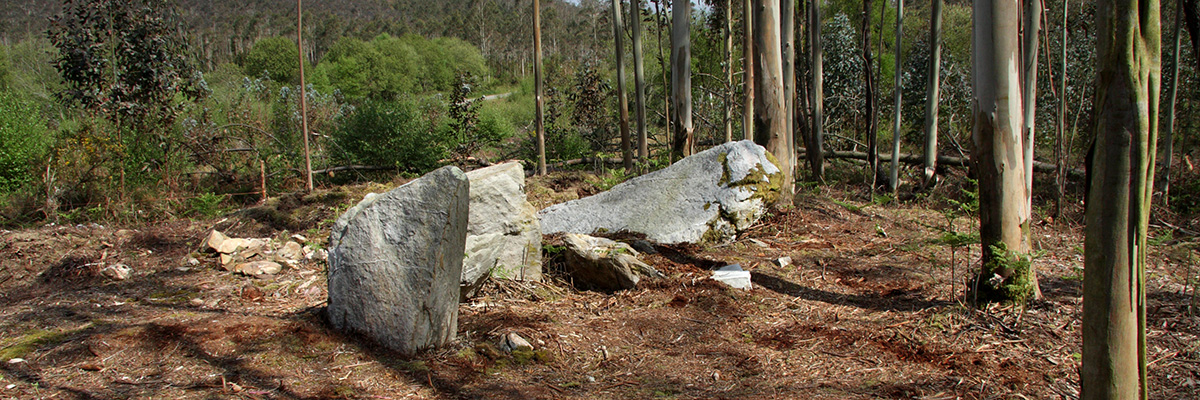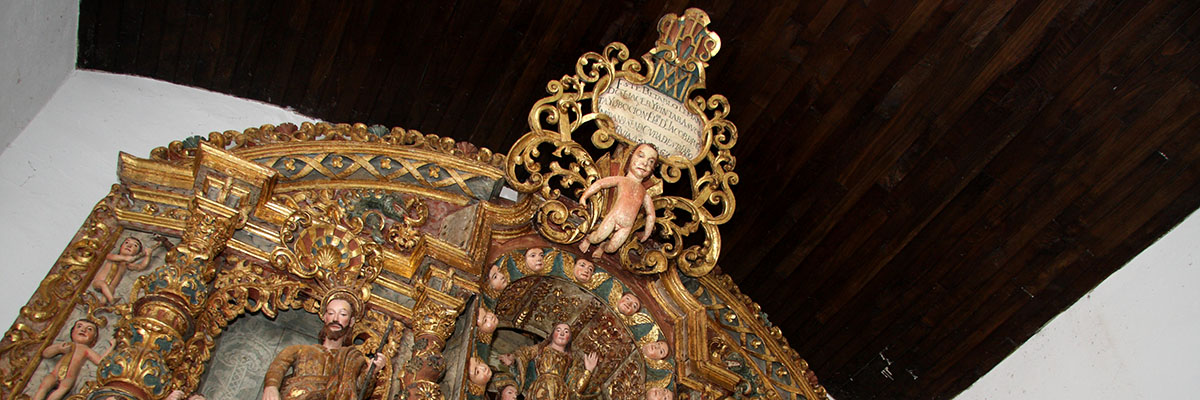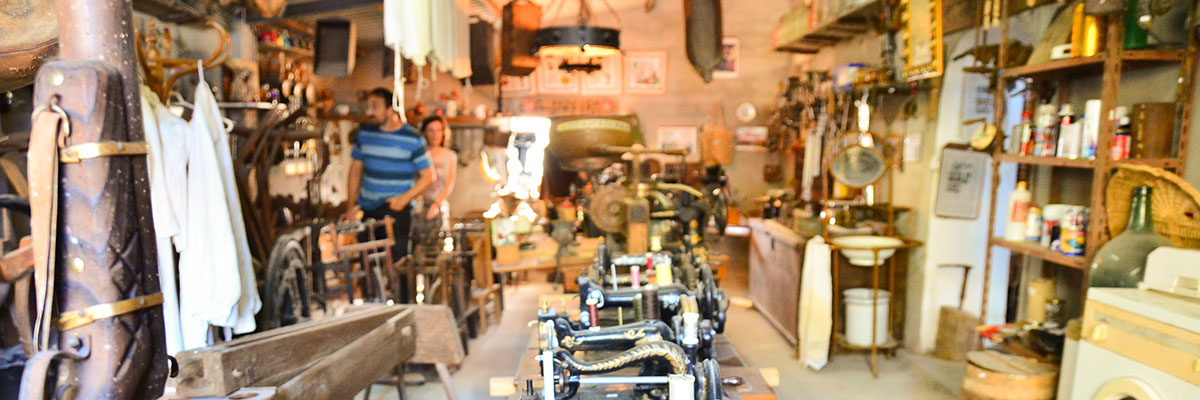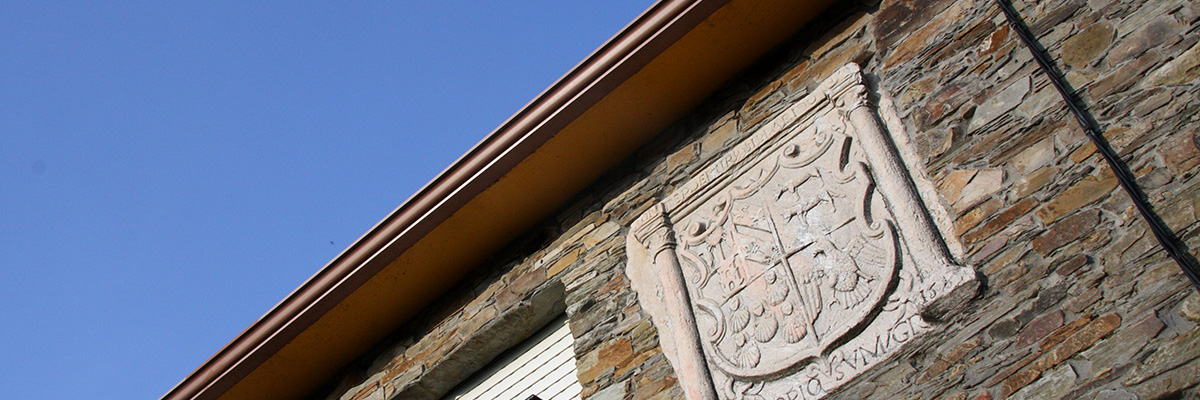Historic heritage
Trabada, known in the past as “Tabulata”, was mentioned in the oldest existing document in Spain. It is preserved in the archive of León Cathedral, and dates back to the 23rd of August, 775. This document shows how King Silo made a donation of royal land located between the rivers Eo and Masma, so that a place of prayer or a monastery could be built on it.

Archaeology
These lands were already inhabited in the Iron Age, as the “mámoas” (funerary dolmens) called “As Parallegas” testify. It is important to mention that there is also a Standing Stone known as “Marco de la Pena Verda”, which marks the border between the Councils of Trabada, Ribadeo and Barreiros.
As centuries went by, archaeological traces of the past were left. Among them, you can still see “castros”, which are remains of ancient Celtic settlements. Some of them are located in Sante, Trabada and Vidal. There are also several “mámoas” (funerary dolmens) such as the ones located in Vidal (“Mámoas das Pallaregas”), and in Sante (“Mámoa de Vilarbetote”). As well as these, there are more archeological sites in Trabada such as “A Cadeira” and “Pena Grabada de Vilaformán”. A special mention should be made of the Standing Stone of Fórnea known as “O Marco da Pena Verde”, which is the most popular archaeological discovery in the area.

Baroque altarpiece of the Vilapena Church
Art, History and ethnography
Sacred art has a great importance in the area. Trabada is extremely rich in religious imagery and altarpieces and these can be seen in some parish churches and chapels, as well as in Galician mansions (known as “pazos”) and old houses all over the area. Some examples are the Pazo de Terrafeita situated in Trabada, the house of Rigoio in Sante and San Martiño Chapel.
It is important to highlight some of the most important churches in the Trabada area. One of them is Sante church, which is one of the oldest dating back to the 16th century. Vilapena church has a beautiful and recently restored Baroque altarpiece in its main chapel and another from the 16th century in its left nave. Valboa parish church, which was restored in 1923, has two side altarpieces from the 17th century, and Vilaformán church has another one dating back to 1735.
It is not just altarpieces that feature in Trabada. There are also some important sculptures. Vilafernando chapel has a stone sculpture of San Antón, which is situated near the restored main altarpiece. Trabada church also has an image of the Immaculate Conception and the parish cross, both of sculptural interest .

Casa Rocha Museum
Trabada has a Heritage museum where you can go down memory lane and see all sorts of old farm machinery, household utensils, clothes, bicycles and many other things. In addition to all the old things, the museum also has a workshop named “Casa do Cura” (The Priest’s House), where you can see how work was done in the past.

TRACES OF NOBILITY
The façades of some houses still bear famous Renaissance family coats of arms from the 16th and 17th centuries. They are the emblems of noble families who once lived in Trabada.
